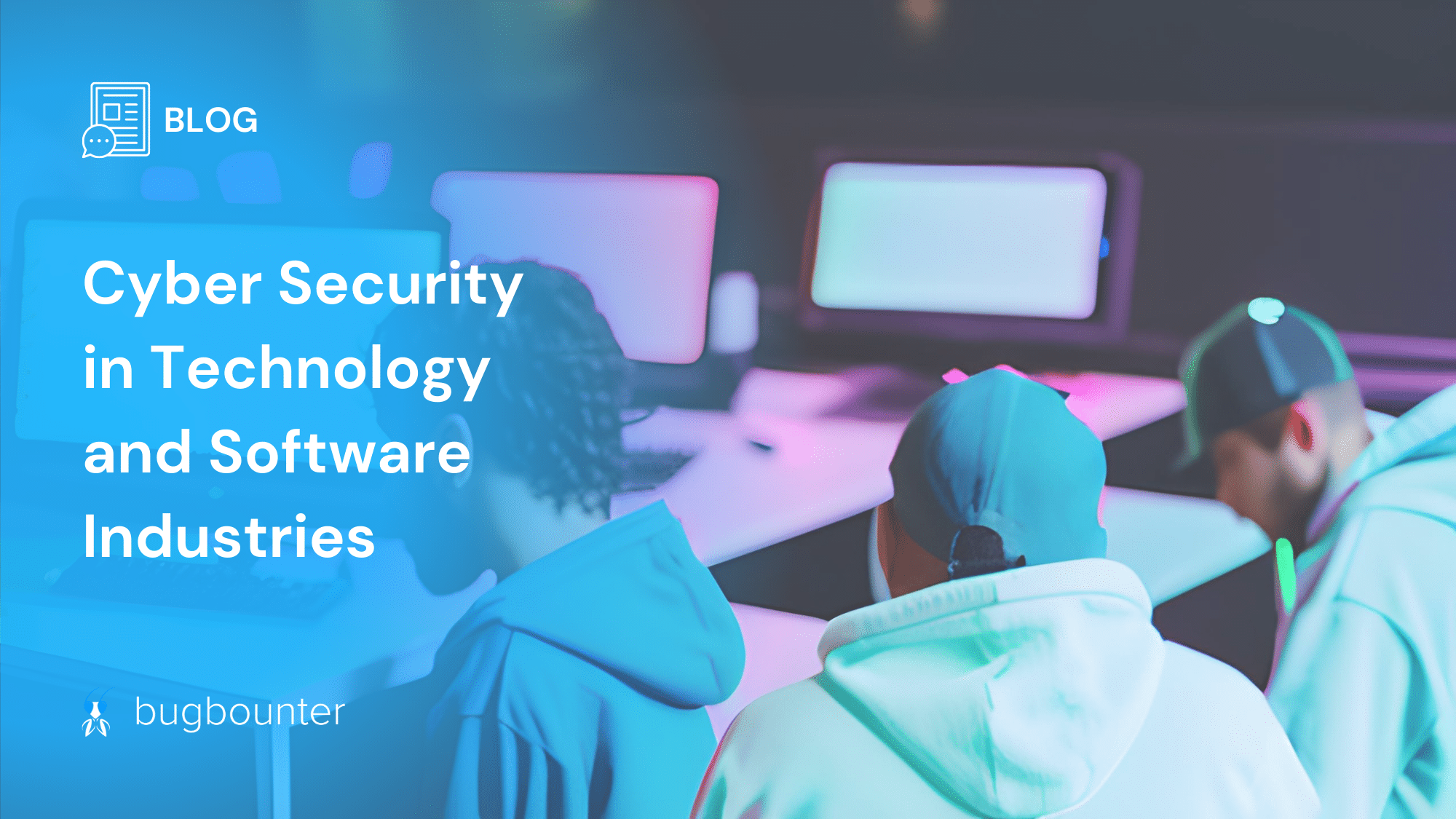Cyber Security in Technology and Software
Cyber security is a critical and growing concern in the technology and software industries. Companies are taking measures to prevent data breaches and threats, emphasizing the need for data protection, privacy, and management. IT firms are shifting from traditional COTS software to SaaS, investing in its development.
The cyber security domain is rapidly growing, with an estimated value of $350 Billion by 2027, up from $186.41 Billion in 2019. SaaS software is expected to grow at a yearly rate of 20%, reaching $200 million by 2024, driven by the complexity of cyber attacks. Protecting intellectual property and user data is essential in the tech industry due to the increasing size and scale of cyber attacks.
A decade ago, low-code and Platform as a Service (PaaS) were mere concepts, but today they are a reality. With the vast opportunities presented by the internet, securing intellectual property and user data has become more important than ever.
Read more to find out why cyber security in technology and software industries is more important than you ever think.
Software and Tech Industry: Growth and Trends
Industry 4.0 is set to revolutionize the technological landscape, paving the way for growth in various industries. Businesses are investing in enhancing supply chain visibility and adopting inclusive and dynamic cultures to promote experimentation and collaboration, moving away from rigid office structures.

Why Do Cyber Attacks Happen?
Cyber attacks are increasing in size and scale in the software and tech industries. They can have various motives, including political and international rivalries. Hackers target networks, sensitive corporate data, and even ERP software, which can cause significant disruptions. Ransomware attacks are also common, causing authentication issues and stalling software interfaces until a ransom is paid.
The Threats and Risks That a Tech and Software Company Might Face
The complexity of building software and running a software company has increased due to the interconnected nature of handling large amounts of data. This has created vulnerabilities for cyber attacks, especially with the rise of cloud computing and big data. The lack of pre-existing connectors in software integration also leaves vulnerabilities in application programming interfaces (APIs). Software piracy is another threat that causes significant losses for tech and software companies, with softlifting and OEM bundling being the most common forms. It goes against the principles of cyber security and poses a significant risk to the industry.
The interconnectedness of data and systems in software and tech industries has led to increased cyber risks, especially with cloud computing and big data. Broken integration in APIs and software piracy are also significant threats that need to be addressed to protect intellectual property and user data.
Other Consequences: Losing Money, Reputation, and Customers
A cyber attack can severely damage a tech company’s reputation and trust with its customers, leading to costly lawsuits and difficulty acquiring new leads. Personal and private data breaches can leave customers feeling mistrustful and lead to negative word-of-mouth. In some cases, investigations and firing of those responsible can occur, but smaller SaaS companies may not have the resources to launch internal investigations. An example of this is the LinkedIn Data Breach of 2021, where the personal data of over half a billion users was hacked and put up for sale on a hacker platform.

Cyber Security for SaaS Providers
Cyber security is crucial for SaaS providers as they deal with storing and managing their customers’ sensitive data on cloud-based servers. SaaS providers have the responsibility to ensure that the data is safe from cyber threats and breaches. Any breach in their security system can lead to the loss of customer trust and reputation damage. SaaS providers need to implement robust security protocols to prevent unauthorized access, data loss, and data breaches. They must ensure that their security measures comply with industry regulations and standards, and regularly update and test their security systems to keep up with evolving threats.
The following are a few must-follow rules to keep your systems on the greener side of danger:
Security with agile capabilities
Previous tech and software development have followed the waterfall methodology. The current trend focuses on developing solutions and optimizing for every opportunity. Software and technology providers are responsible for automating security into development with a clear understanding of ownership.
Multilevel model for transparency
Providing transparency across all levels helps to be more straightforward. This model can be explained as bringing together previously siloed internal departments. A vulnerability disclosure and a bug bounty program are effective methods to achieve transparency.
Seamless integration
The necessity to integrate with the customer’s security systems is of paramount importance. Consistent API calls for security help in establishing encryption, key, and password management. Providing the connectors for integration can enable the implementation of products more quickly and less expensively.
Data security and privacy
Data security is not just about managing crucial information while operating but also beyond the active period. The technology company’s responsibility is to ensure regulatory compliance and data tracking services are in place. The vendors need to take responsibility for informing and discussing the vulnerabilities with the cyber security managers of the company.

How Publishing a Bug Bounty Program Helps Software and Tech Companies?
Publishing a bug bounty program can help tech and software companies improve their cyber security by incentivizing ethical hackers to identify and report vulnerabilities in their systems. By offering rewards or recognition to these individuals, companies can gain valuable insights into potential security weaknesses that could be exploited by malicious actors. This can allow the company to address these vulnerabilities before they are exploited, thereby reducing the risk of a successful cyber attack. Additionally, bug bounty programs can help build trust between companies and the wider security community, as well as demonstrate a commitment to proactively identifying and addressing potential security issues.
How Does the BugBounter Bug Bounty Program Help?
BugBounter provides a unique and transparent blockchain-based platform for companies as they come with 24/7 availability. With over 3.500 selective cyber security experts working with monitored and logged processes. The BugBounter Platform has a simple core principle; no bill is levied until the submitted vulnerability report is approved by the customer.
Request a demo with BugBounter for discovering the most critical vulnerabilities in your web/mobile applications, systems, and critical infrastructures.
Get a demo today to learn the best-fitting solution for your organization’s cyber security needs.





